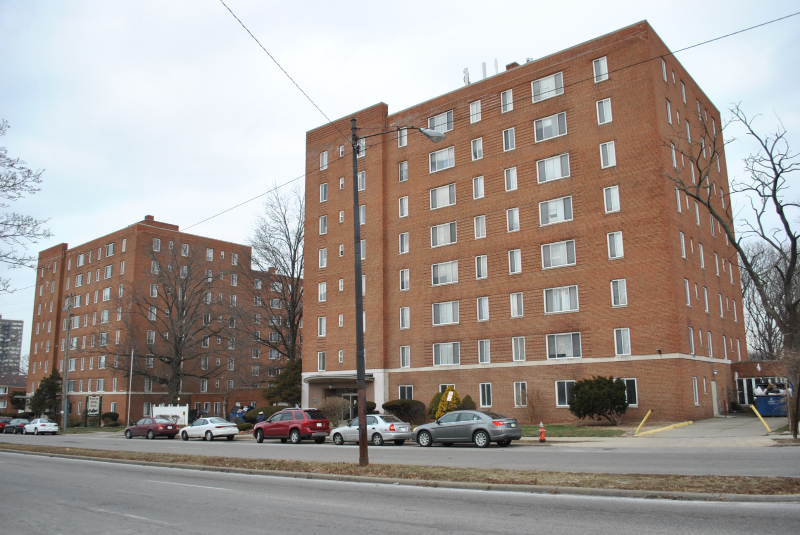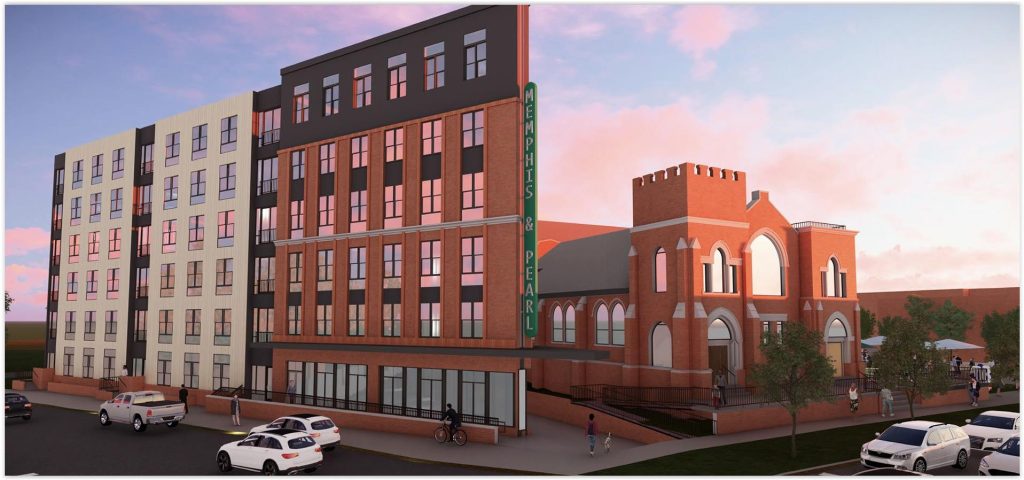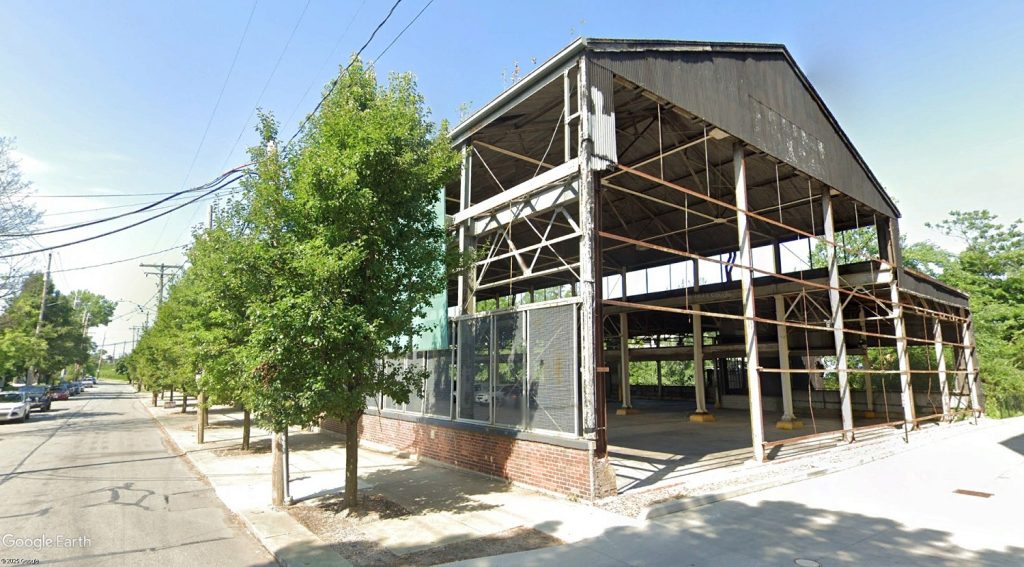Welcome to the NEOtrans video blog
Cleveland Aerial Drone video provided by V1DroneMedia
Lakefront vision video renderings by AoDK Architecture
Welcome to the latest video from NEOtrans. Today, let’s talk about downtown Cleveland’s lakefront. And that’s certainly something that people like to talk about – especially the many plans for improving the place where downtown meets Lake Erie. Unfortunately, most of those plans over the past 100 years have ended up gathering dust on a shelf rather than getting built. But some of them have been constructed and more of them are going to appear on the landscape someday. The question is, what will they be?
First, let’s look back at the last 227 years of Cleveland’s lakefront. In the early decades of white settlers in Cleveland, they developed the area closest to the Cuyahoga River because there was a flat floodplain there. About 1,000 feet east of the river, the land rose up to a steep, 60-foot-high embankment overlooking our Great Lake. It was a good vantage point for a lighthouse on Water Street, today called West 9th, and a military fort on Seneca Street, now West 3rd, to keep an eye on naval forces from British North America, especially during the War of 1812.
Other than that, it was difficult for early Clevelanders living or working east of those structures to interact with the lake and its shipping opportunities. Even in the lowlands near the river, both the lake waters and river were too shallow to allow any port facilities. So ships had to anchor offshore and use rowboats and sloops to reach land. That changed in 1824 when the harbor was dredged and ships could dock here, fostering commerce between the Ohio Country and the East Coast via the new Erie Canal that could be traveled cheaply from Cleveland than an overland route from Pittsburgh.
The Ohio & Erie Canal in 1832 and Cleveland’s first railroad in 1850 were also built in the Flats to connect the lake with a now-rapidly disappearing wilderness. That also meant the addition of warehouses and industries where the river, canal and rails met the lakefront, setting the stage for the next two centuries of mostly commercial development of the lakefront rather than a recreational one. In recent decades, which are the first of Cleveland’s post-industrial era, the lakefront has been in a transition. Today, the community is engaged in efforts to advance that transition from mostly industrial/commercial uses to recreational, residential and hospitality uses such as restaurants and tourism.
Watch the full video to learn more history about Cleveland’s Lakefront development.
Here’s more articles related to the Lakefront that we covered through past years:
The story of Cleveland’s lakefront is as old as Cleveland itself. And it’s going to be part of Cleveland’s future history as well, regardless of whether and how we capitalize on it. For even if we fail to capitalize on it, it still makes a statement about Cleveland. And there is one other certainty about the downtown lakefront – just about everyone is going to have an opinion about it no matter what happens.
END
Please support local journalism by becoming a member of the NEOtrans community!



